PC・スマホ関連
3 colors and one pixel
denvazh
Preamble
Many people do enjoy when display on the computer they use produce nice quality picture. On the other hand, almost nobody likes when display fails to so.
In this blog post I try to show simple examples and explain how LCD display can fail. And by fail, I mean “display with pixels not working properly”.
Generally, malfunctioning pixel can be categorized into three categories: stuck, hot and dead. Let’s take a closer look to each of them.
Dead pixel
A dead pixel is a permanently damaged pixel and it is usually caused by transistor in the transparent electrode layer, that is either stuck in enabled or disabled state. In either way, liquid crystal material is placed in a way, that no light ever passes through to the RGB layer of the display.
Hot pixel
Opposed to the dead pixel ( or black dot defect ) hot pixel usually appears, when for whole group of three sub-pixels (RGB) transistors stuck in enabled or disabled state (opposite to one with dead pixel).
In this case, all light from backlit gets passed through creating a bright white pixel that is always on.
Stuck pixel
Pixel becomes “stuck” if single subpixel in the group continuously allows light at that point to pass through to the RGB layer. This would result in way, that any given pixel would stay red, blue or green and will not change it state over any given attemts to change displayed picture.
How bad is it?
Some people claim that it is possible to revive “stuck” pixel by either gently rubbing the screen or using other software methods like this one.
General rule of thumb – if its more that one or two pixels ( like whole line on the screen ) its better to contact your hardware vendor and ask for replacement/repair.
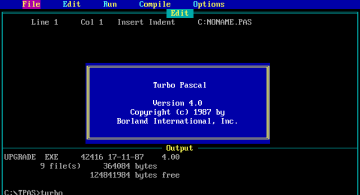 2022/10/07
2022/10/07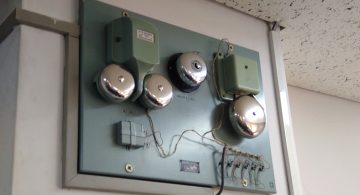 2021/12/10
2021/12/10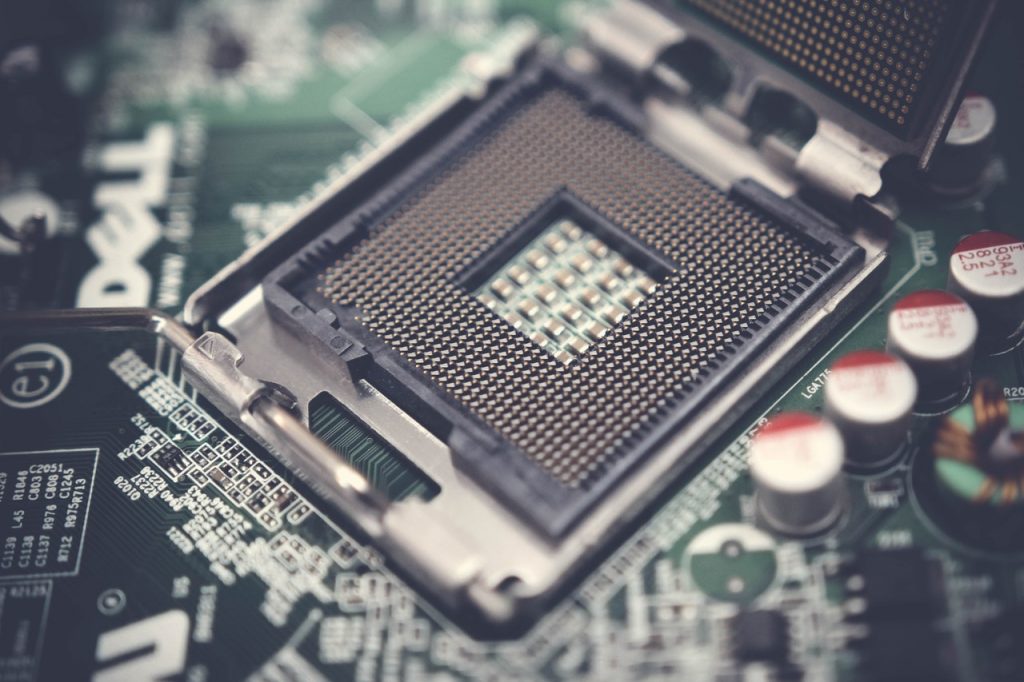 2021/07/09
2021/07/09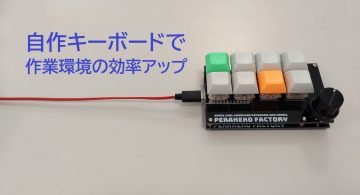 2021/06/18
2021/06/18 2020/09/25
2020/09/25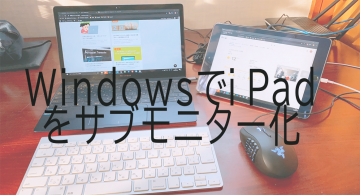 2020/04/03
2020/04/03 2018/03/29
2018/03/29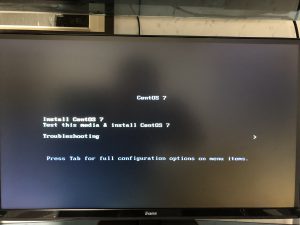 2018/03/08
2018/03/08